Students as Coauthors of Learning: A Resources Guide
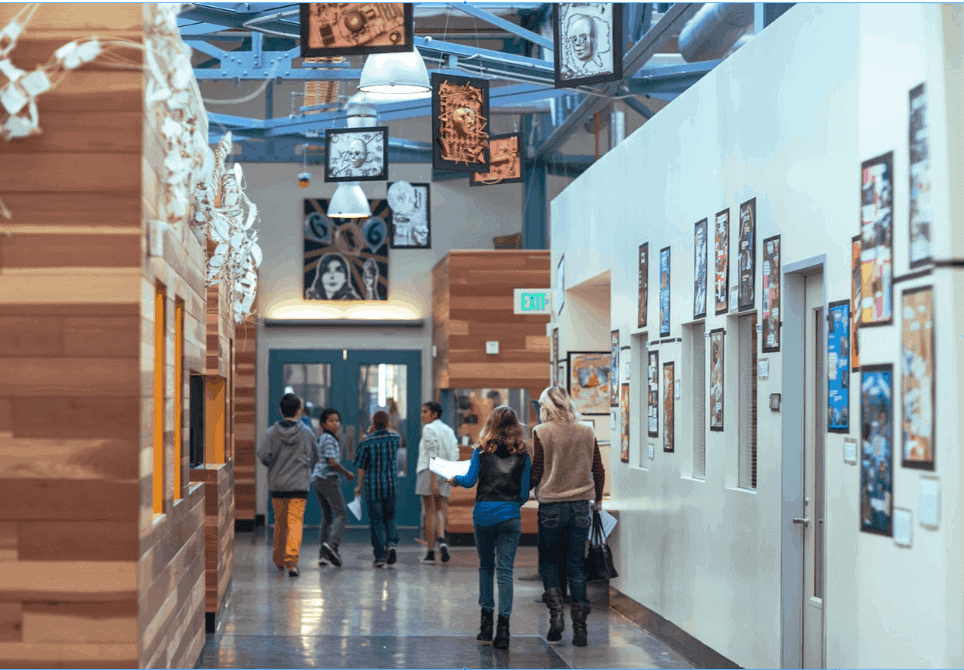
By inviting learners to coauthor experiences we help them build the most important skills and dispositions they’ll need to succeed in a changing world. Incorporating student voice and choice in learning design builds agency and promotes ownership of learning.
“In our ever-changing and unpredictable world, learners need to master the skill of knowing what to do when they do not immediately know what to do. Doing this effectively involves the development of agency and executive function skills, which is made possible through the learner’s active engagement in experiences they typically do not encounter in today’s schools,” explains a recent Superintendent’s Association report. “In order for learners to develop these skills, they must be empowered, proactive agents—or co-authors—of their learning journey.”
Following are coauthoring resources for project-based learning, teacher tools and competencies for coauthoring, and a list of systems that are best in class at coauthoring.
Project-Based Learning
Big integrated projects build agency–the knowledge and confidence that you can contribute. They teach project management, research, problem-solving, writing, collaboration, and presentation skills. Team projects develop collaboration skills.
About 75 high schools in more than 40 systems in metro Kansas City are adding more real-world learning including community-connected projects, entrepreneurial experiences, and internships.
The Global Goals offer a great framing of project topics. They include ending poverty, decent work, reducing inequality, clean water, and clean energy–all timely topics.
Science Fairs and Capstones
Society for Science & the Public sponsors middle and high school science fair competitions and shares Science News for Students with 5,000 high schools.
Building on work by Hanover Research and guidelines for High-Quality Project-Based Learning (developed by PBLWorks and partners with support from PMIEF), the attributes of good capstone projects include:
- Engaging students as active participants in an authentic learning experience;
- Intellectual challenge that promotes higher-order thinking and problem-solving;
- Emphasizes making connections across disciplines and steps in project management;
- Involves teachers as advisors, community members as mentors; and may involve other students as teammates; and
- Involves a public product and final presentation before a panel that evaluates the project.
Roaring Fork Schools in Western Colorado (and many in the EL Education network) have a great tradition of capstone projects. They define it as a “culminating academic and intellectual experience that: encourages students to think critically, solve challenging problems, and develop skills such as communication, public speaking, research, media, teamwork, planning, self-sufficiency, or goal setting; helps prepare students for college, modern careers, and adult life; and develops character and life skills.”
To help teachers develop a picture of what good project work looks like, Ron Berger, Chief Academic Officer at EL Education, worked with Steve Seidel at Harvard to develop Models of Excellence, a collection of quality project artifacts including hundreds of exemplary works.
A few examples of California schools with great capstone project traditions include:
- Senior engineering projects at Design Tech High School, Redwood City.
- Senior Legacy Experience projects at Minarets High School, north of Fresno.
- All learners in iLEAD Schools, north of Santa Clarita, have a culminating capstone experience that concludes each year in the form of a Showcase Of Learning.
Teacher Tools & Competencies
KnowledgeWorks and CCSSO published Educator Competencies for Personalized, Learner-Centered Environments. The competencies stress student engagement in learning design including:
- Develop and use assessment tools that are flexible, involve students in their creation and clearly articulate standards and criteria for meeting those standards.
- Co-construct and offer choice among multiple means of assessment for students to demonstrate mastery.
- Encourage student “voice and choice” via strategies such as enabling students to choose and co-design curricula.
Within the domain of Teaching and Learning, a learning indicator describes student agency as more than “providing paths, but also knowing when to step back to let learners lead.”
Supporting Self-Directed Learning
The BEST Self-Direction Toolkit from four New Hampshire school districts provides resources around four learner competencies: Initiative and Ownership, Goal Setting and Planning, and Engaging and Managing. Self-Awareness and Monitoring and Adapting. Grade span rubrics illustrate growth progressions (the high school rubric is shown below).
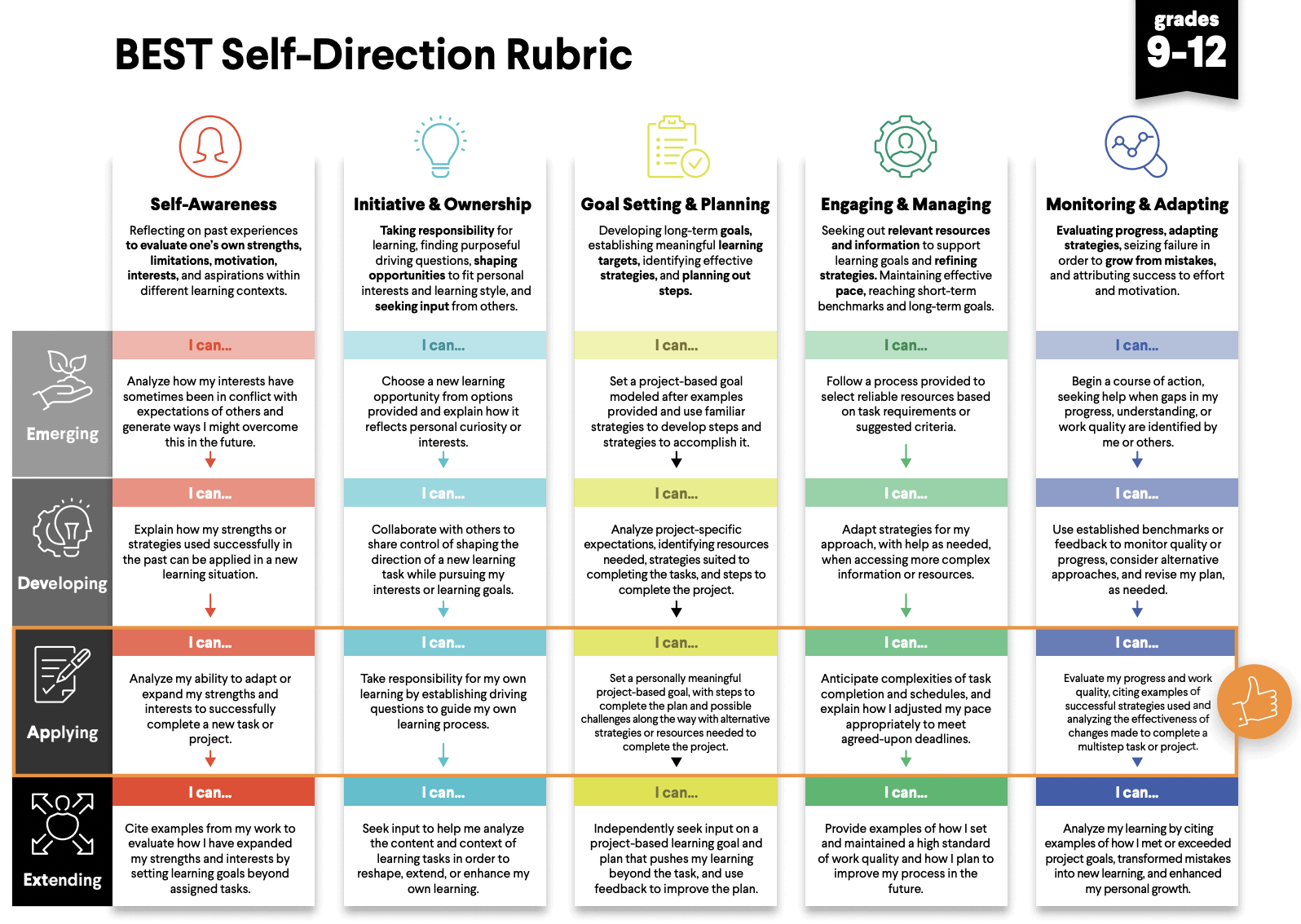
The Center for Assessment published a series on Assessing 21st Century Skills including a post on Self-Directed Learning which outlines the benefits of giving learners the freedom and autonomy to choose the what, why, how, and where of their learning. It notes four dimensions of self-directed learning:
- Self-Regulation is the ability to plan, direct, and control one’s emotions, thoughts, and behaviors during a learning task.
- Motivation is the desire to engage in an activity that emerges from the inherent enjoyment of an activity or a sense of obligation to engage in a task. Growth mindset is a major factor influencing motivation: believing that intelligence, personality, and abilities are flexible and dynamic, shaped by experience, and changing over the lifespan.
- Personal Responsibility (also called initiative and ownership) is a willingness to take full responsibility for one’s actions.
- Autonomy is the ability to recognize available choices and take charge of one’s learning, and to control choices through ongoing reflection and evaluation.
“Schools that adopt constructivist and socio-cultural learning approaches, such as personalized and problem-based learning, are better equipped to facilitate self-directed learning,” recommends the Center. “By adopting these approaches, furthermore, teachers have the flexibility to personalize the level of self-regulation, choice, and independence to which students are exposed as they work toward self-direction.”
“The best way to assess self-directed learning is through authentic, performance-based tasks that allow students to demonstrate their ability to apply self-directed learning skills,” adds the Center (see a literature review on self-directed learning for more).
Assessing with Respect, a book by Starr Sackstein, outlines the benefits of co-constructing success criteria with students. Sackstein discusses the topic with Jennifer Gonzales on the Cult of Pedagogy podcast.
Systems That Support Coauthored Experiences
- New Tech Network: 200 K-12 schools (90% in districts) with wall-to-wall team-taught integrated projects. A great set of rubrics guide the incorporation of agency, collaboration, and communication into co-constructed projects.
- ConnectED defines its unique learning model as collaborative with a commitment to co-design, co-plan, and co-facilitation learning with students.
- EL Education is a national network of project-based schools (as well as a leading provider of literacy curriculum). A recent book, We Are Crew, and associated resources are a great guide to building student voice and agency. The Elements of Crew toolkit include resources to build student-owned learning targets.
- High Tech High: a San Diego network of 16 schools that share a commitment to learner-centered project-based learning. Their design principles highlight equity, personalization, authentic work and collaborative learning design. A Student Work section of the website highlights projects and publications that illustrate student coauthoring (see covers of the book published by elementary students below).
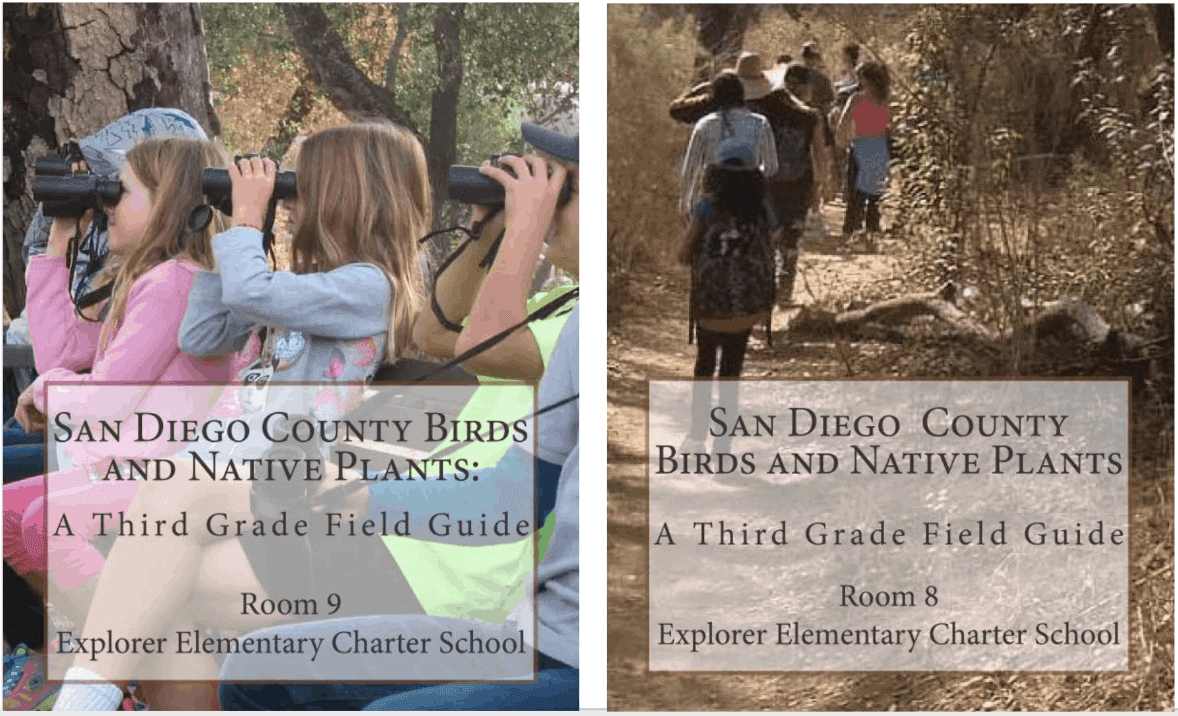
Schools in the XQ network including Crosstown High, Purdue Polytechnic, Latitude High, and Grand Rapids Public Museum School engage learners in developing community-connected projects.
Acton Academy is a global microschool network where students set daily, weekly, and session learning goals. Near-peers (middle with elementary, high school with middle) support goal setting and monitoring (see Courage to Grow by co-founder Laura Sandefer).
Lindsay USD is best in class at daily goal setting. Learning facilitators (teachers) ensure learners internalize short- and long-term goals that build toward a meaningful purpose for learning and serve as guides for daily work (see goal orientation look-fors).
Remake Learning hosts an annual event, Remake Learning Days, where student-led learning has energized Southwest Pennsylvania and now 17 regions of the country (see their podcast Remake Tomorrow).
More Resources on Coauthored Experiences
Getting Smart Books on Coauthored Learning
- Better Together makes the case for personalized and project-based learning and describes leading project-based networks.
- Difference Making argues that student agency is developed through meaningful work.
- Power of Place illustrates how every place can contribute to student-centered inquiry-based learning.
Getting Smart Podcasts on Coauthored Learning
- Ron Berger, EL Education, discusses We Are Crew, his book on advisory systems that empowers student learning. Berger also describes Models of Excellence, a gallery of quality student work that sets a standard of quality for student-directed learning.
- Rebecca Wolfe, KnowledgeWorks, and Ryan MacDonald, CCSSO, discuss their new report Educator Competencies for Personalized, Learner-Centered Environments.
- Briony Chown, High Tech Explorer Elementary on helping students do meaningful work.
- Dr. Fernande Raine on civic and community engagement to incubate changemakers.
- Learners from The Knowledge Society on self-directed projects after school. TKS Founder Navid Nathoo real-world learning.
- Trace Pickering, Iowa Big, on community-connected projects.
- Maya Ajmera on science fairs.
- Dr. Pamela Moran, Byron Sanders and Dr. Ed Hess on the future of learning.
- Joanne McEachen on contributive learning.
- Michael Fullan on Leading in a Culture of Change.
- Nichole Berg & Kimberly Howard on educating on climate change in Portland.
- Patricia Deklotz, Kettle Moraine, on high school transformation.
For more, see:
Stay in-the-know with innovations in learning by signing up for the weekly Smart Update.


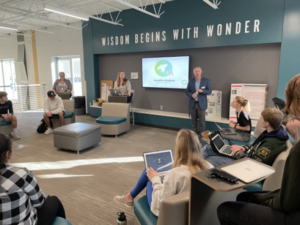

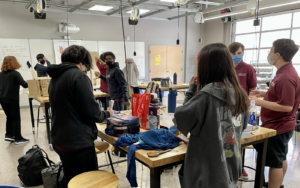
Howard Horvath
Impressive!